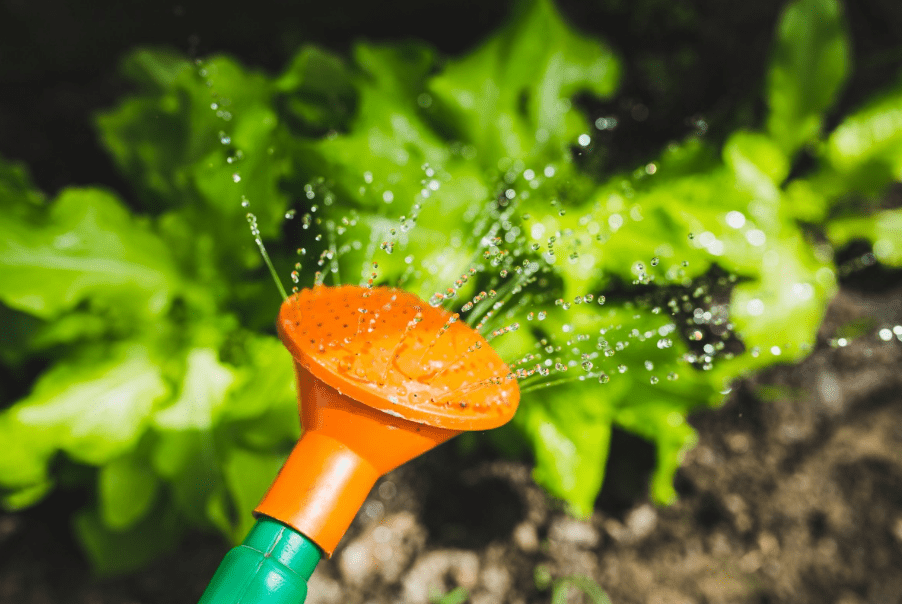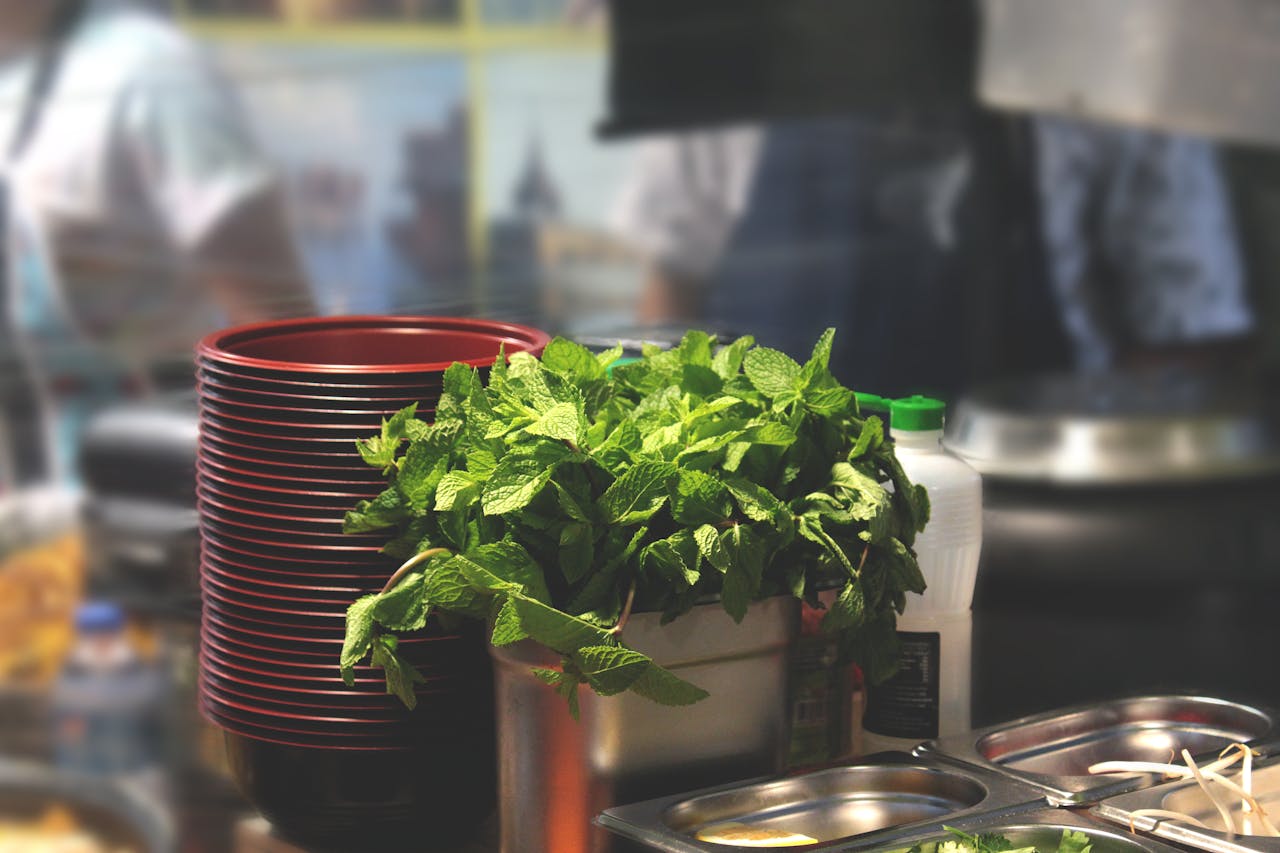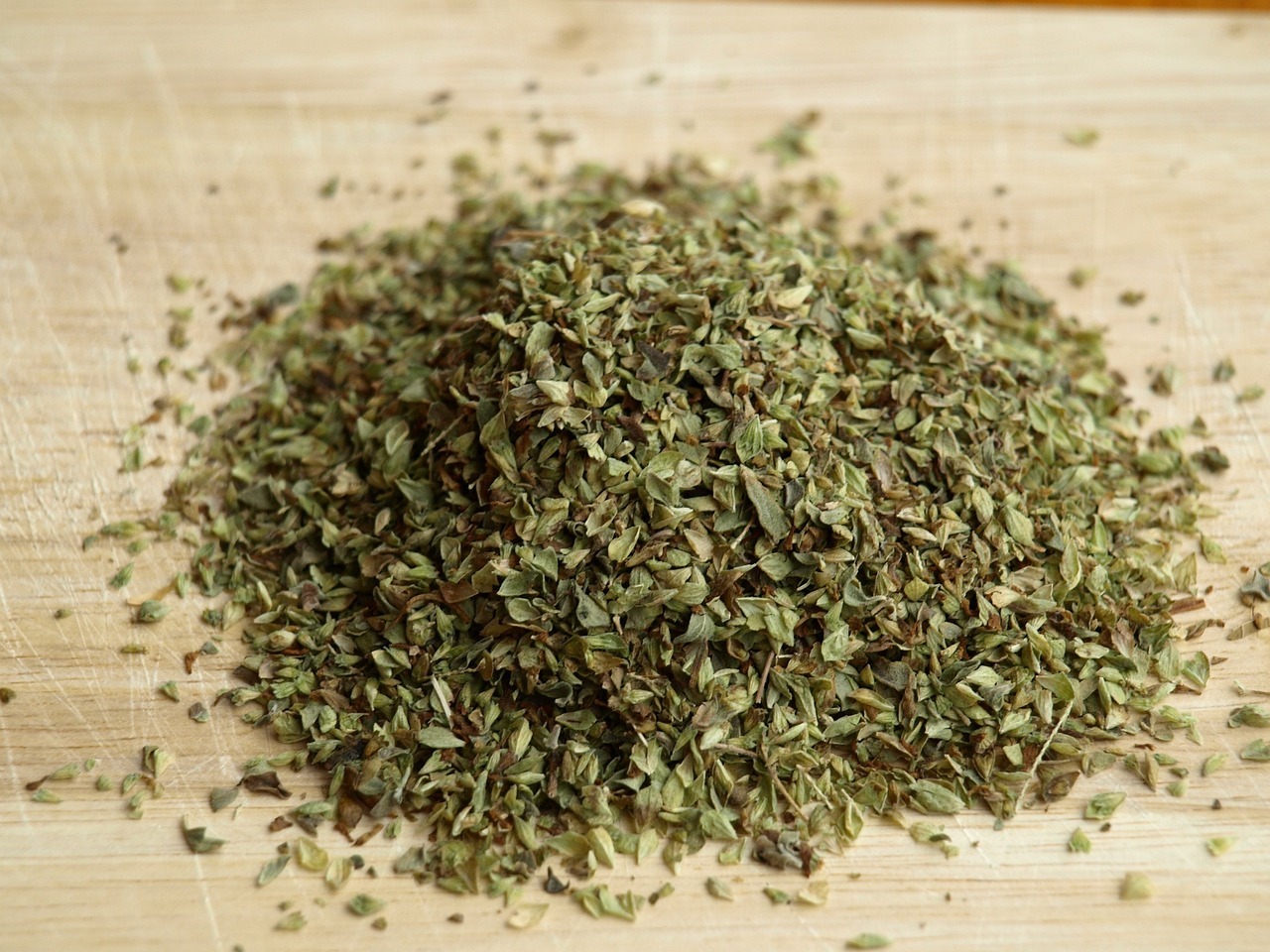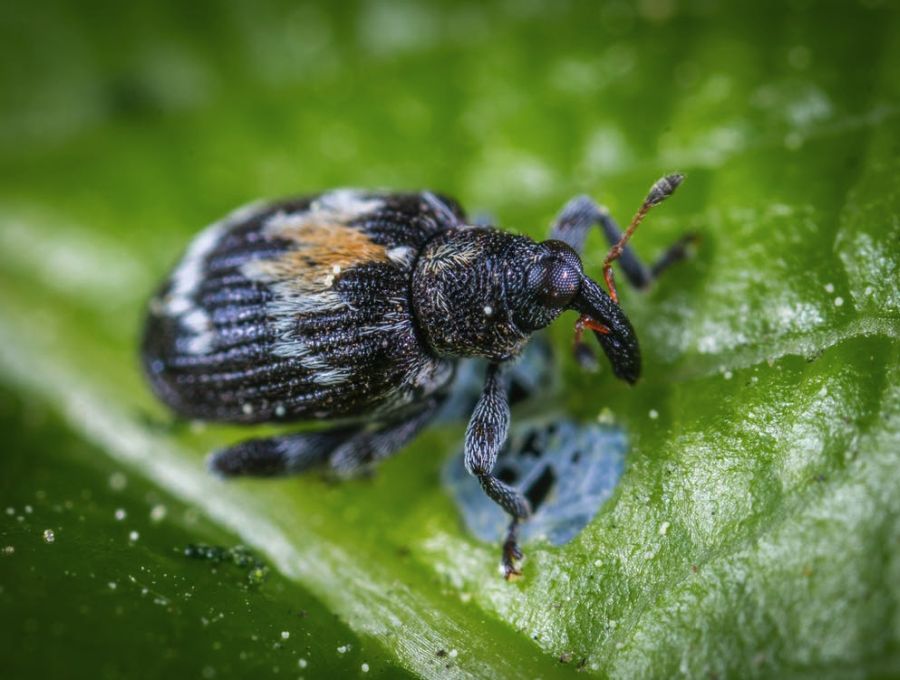Growing Tomatoes in Cold Climates: Tips for Success
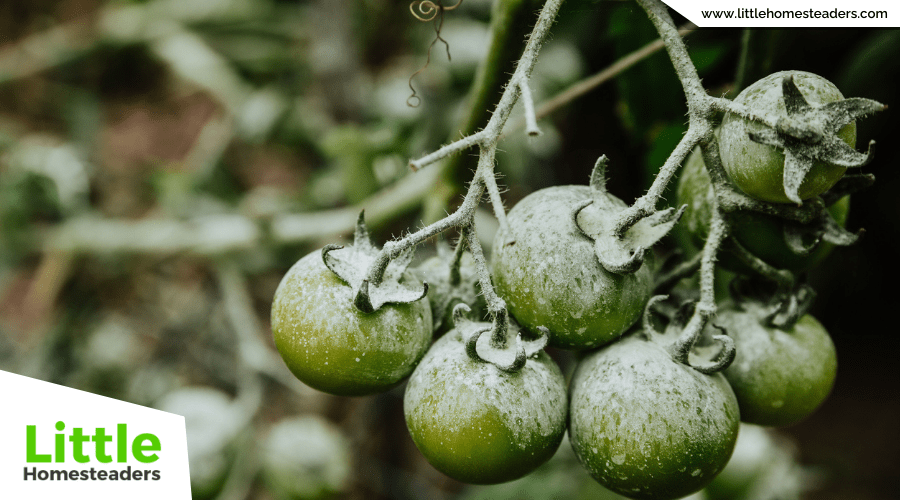
Growing tomatoes in cold climates may feel intimidating, but with the right preparation and strategies, you can enjoy the satisfaction of harvesting fresh, juicy tomatoes even in areas with short growing seasons. The key lies in understanding your environment and tailoring your gardening approach to overcome cold weather challenges. Whether you're a seasoned gardener or a beginner eager to try, this comprehensive guide will provide you with practical tips to ensure your tomato-growing success.
Why Grow Tomatoes in Cold Climates?
Tomatoes are one of the most rewarding crops to grow, and their flavor, when homegrown, far surpasses store-bought options. While cold climates pose unique challenges, they also inspire creativity and resourcefulness in gardeners. The triumph of coaxing a tomato plant to thrive despite frost, cool nights, and short summers is incredibly satisfying.
Gardening in colder regions also pushes you to make the most of every resource. By focusing on the right techniques, such as selecting suitable varieties and protecting plants from the elements, you’ll discover how adaptable and resilient tomatoes can be. Plus, nothing beats the joy of serving fresh, vine-ripened tomatoes to your family or preserving them for use in hearty winter recipes.
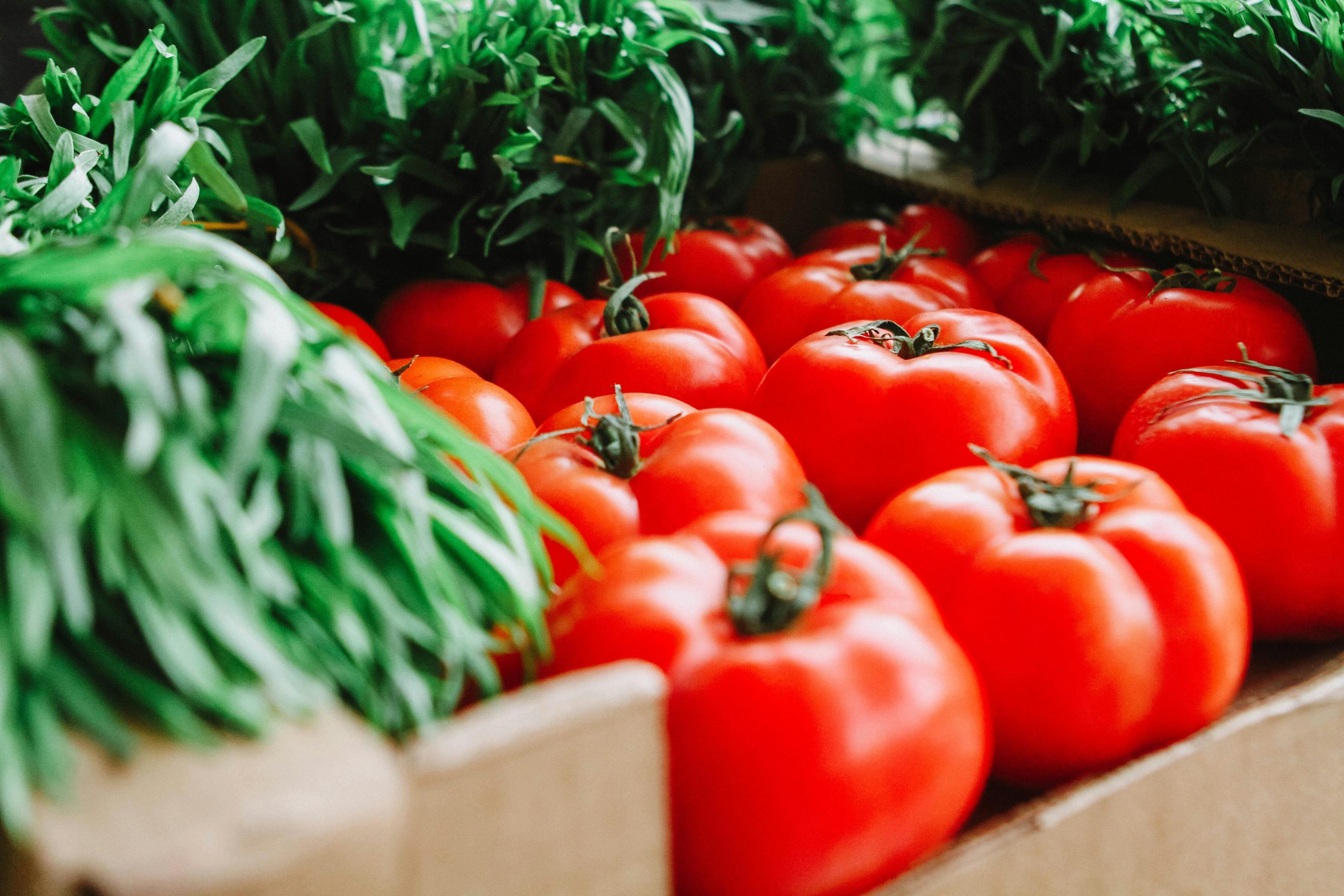
How to Plan Your Tomato Garden for Cold Climates
Good planning is the foundation of a successful garden, especially in colder regions. By understanding your climate and choosing the best spots for your plants, you’ll set yourself up for a bountiful harvest.
Assessing Your Growing Zone and Frost Dates
Before planting, take time to understand your local climate. Check your USDA Plant Hardiness Zone or use tools like gardening apps to determine your region's frost dates. Knowing how many frost-free days you have will help you plan when to start seeds, transplant plants, and harvest tomatoes.
Gardening apps and weather-tracking tools can also help you stay ahead of sudden temperature drops, which are common in cold climates. Being prepared will give your tomato plants the best chance to thrive.
Choosing the Best Garden Location
Maximizing sunlight is critical in cooler climates. Look for the sunniest spot in your yard, ideally south-facing, to ensure your plants receive at least 6–8 hours of sunlight daily. If your garden is in a windy area, consider planting near a fence or wall to shield plants while also reflecting heat. Small steps like these can make a big difference in creating a suitable microclimate for tomatoes.
Selecting Cold-Tolerant Tomato Varieties
The success of your tomato garden begins with choosing the right varieties. In cold climates, not all tomatoes will ripen before frost, so selecting varieties bred for shorter growing seasons is crucial.
Look for tomatoes that mature in 75 days or less, such as Glacier, Stupice, or Early Girl. These are ideal for regions with limited frost-free days. Additionally, tomatoes from cold regions like Siberia, Russia, or Canada have been naturally adapted to withstand chilly conditions, making them excellent choices.
Smaller tomato varieties, such as cherry or grape tomatoes, are often better suited for cold climates. Their compact fruits ripen quickly, reducing the risk of losing your harvest to early frost. Diversify your selection by planting multiple varieties to spread the risk and increase your chances of success.
Starting Seeds Indoors
Starting seeds indoors gives your tomatoes a head start on the growing season. This is especially important in cold climates where every extra week counts.
Timing is Everything
Cold-climate gardening starts indoors. Sow tomato seeds 6–8 weeks before the last frost date in your area to give them a head start. Starting early ensures the plants are strong and ready to grow as soon as outdoor conditions improve.
Setting Up for Success
Seedlings need light, warmth, and good airflow to thrive. Use grow lights to provide consistent light exposure if natural sunlight is insufficient. Place a small fan nearby to encourage airflow, which strengthens stems and prevents diseases like damping off.
To speed up germination, consider using a seedling heat mat under your trays. This keeps the soil warm, promoting faster and more even sprouting. Once your seeds sprout, keep the lights close to the seedlings to prevent them from becoming leggy.
Transplanting at the Right Stage
Your seedlings will be ready to move outdoors when they have 4–6 true leaves and outdoor temperatures are consistently above 50°F (10°C). Before transplanting, harden them off by gradually exposing them to outdoor conditions over 7–10 days. This process toughens them up and reduces transplant shock.
Preparing and Improving Your Soil
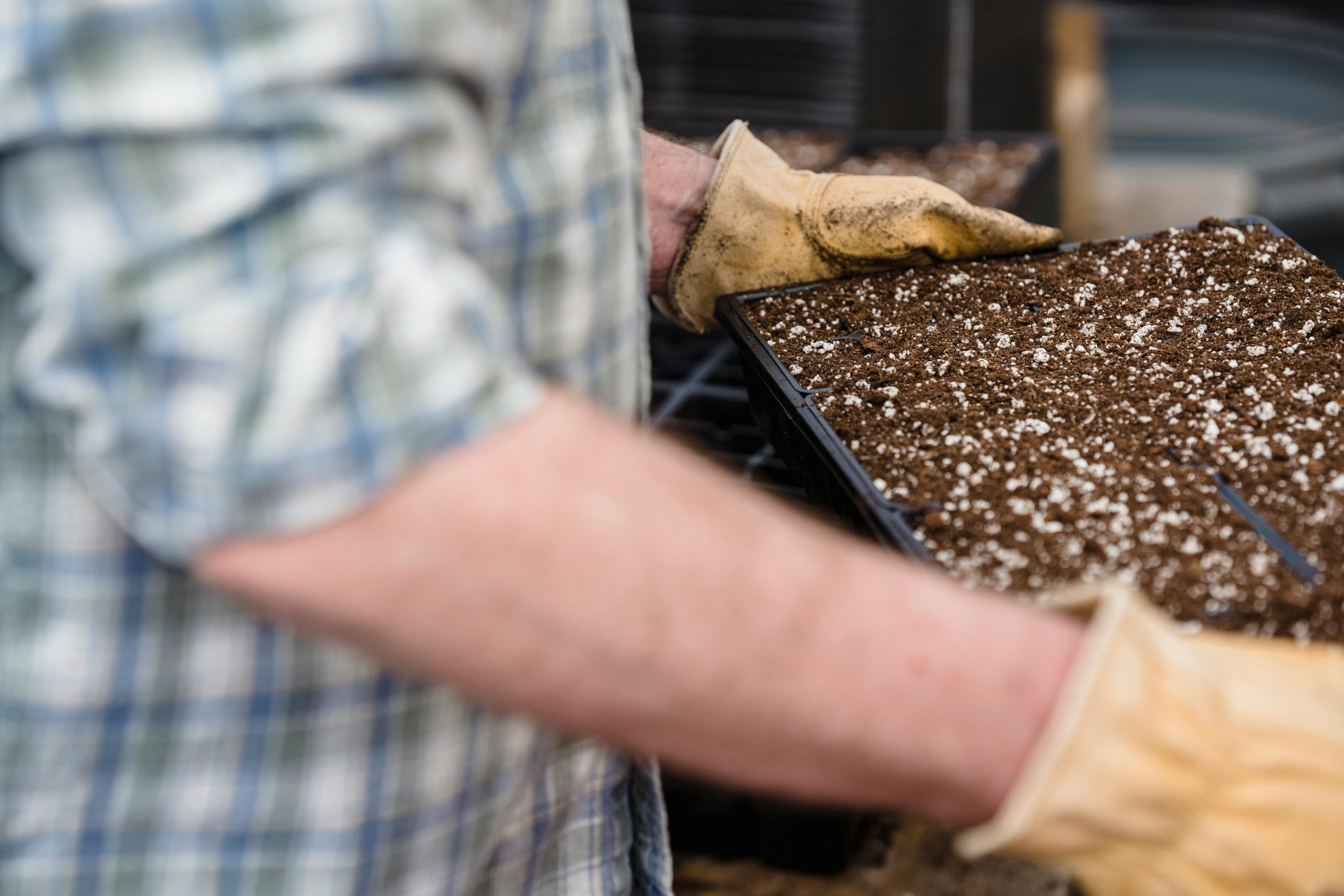
Healthy soil is the key to healthy plants. By enriching and warming your soil, you can create the ideal environment for your tomatoes to grow strong and produce plenty of fruit.
Building Soil Fertility
Healthy soil is the foundation of successful tomato growing. Cold-climate soils often lack nutrients, so enrich them with compost, well-rotted manure, or organic fertilizers. Adding bone meal or a slow-release tomato fertilizer ensures your plants have access to essential nutrients throughout the season.
Improving Warmth and Drainage
In cold climates, soil tends to retain moisture and stay cool, which can hinder root development. Raised beds or mounded rows improve drainage and allow the soil to warm up faster. Covering the soil with black plastic mulch can further increase warmth by absorbing sunlight during the day.
Choose a location that maximizes exposure to sunlight and heat. A sunny spot near a wall or fence that radiates heat is perfect for boosting soil warmth and promoting healthy plant growth.
Creating Protective Structures
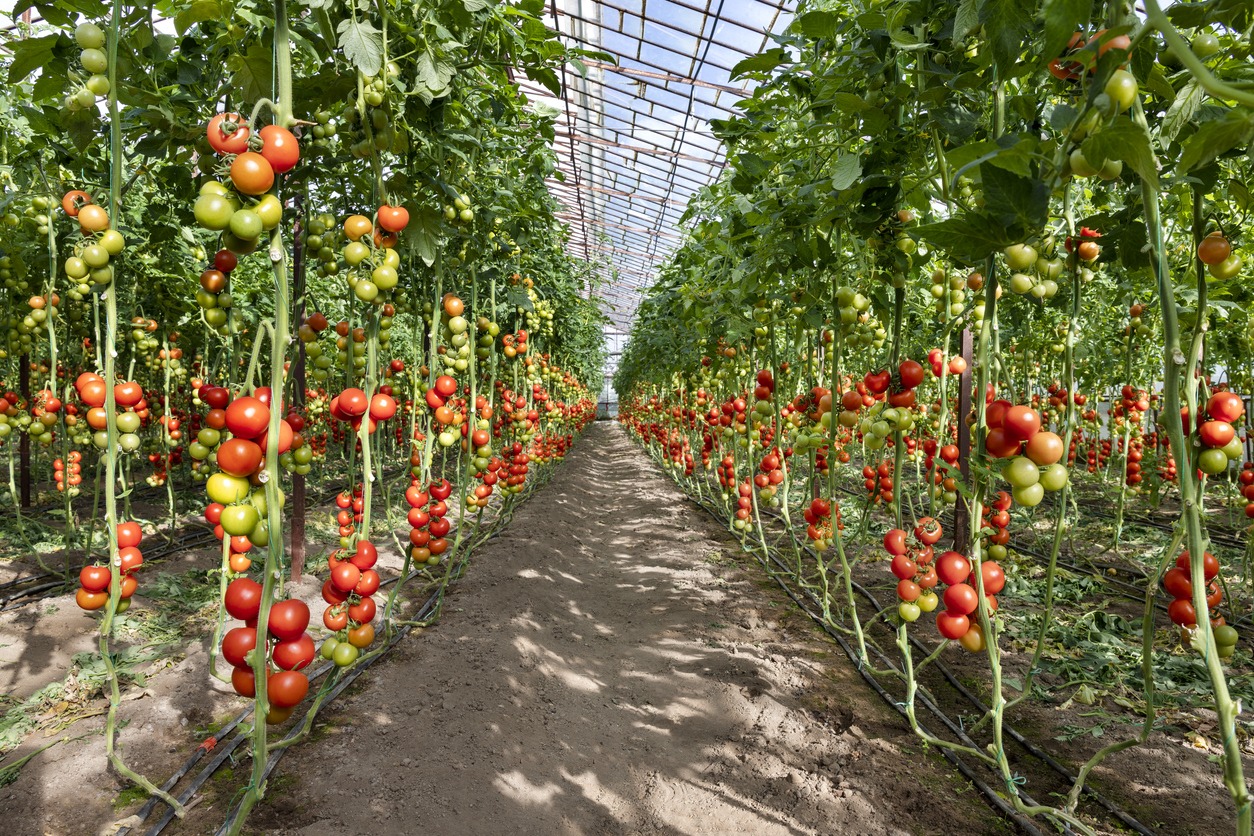
In cold climates, protective structures are essential to extend the growing season and safeguard plants from frost.
Greenhouses and Hoop Houses
Investing in a permanent greenhouse can significantly enhance your gardening results by providing consistent warmth and shelter. However, if budget or space is limited, hoop houses or polytunnels made from PVC and clear plastic are affordable alternatives. They provide effective protection from frost and wind while trapping heat.
DIY Cold Frames
For a more hands-on approach, build a cold frame using old windows and wood. Cold frames are excellent for hardening off seedlings, protecting young plants, and extending the growing season.
Ventilation is Key
Even in cooler climates, temperatures inside protective structures can soar on sunny days. Proper ventilation is crucial to prevent heat stress or fungal issues. Open the structure during the day when temperatures rise and close it in the evening to retain warmth.
Temperature Management Techniques
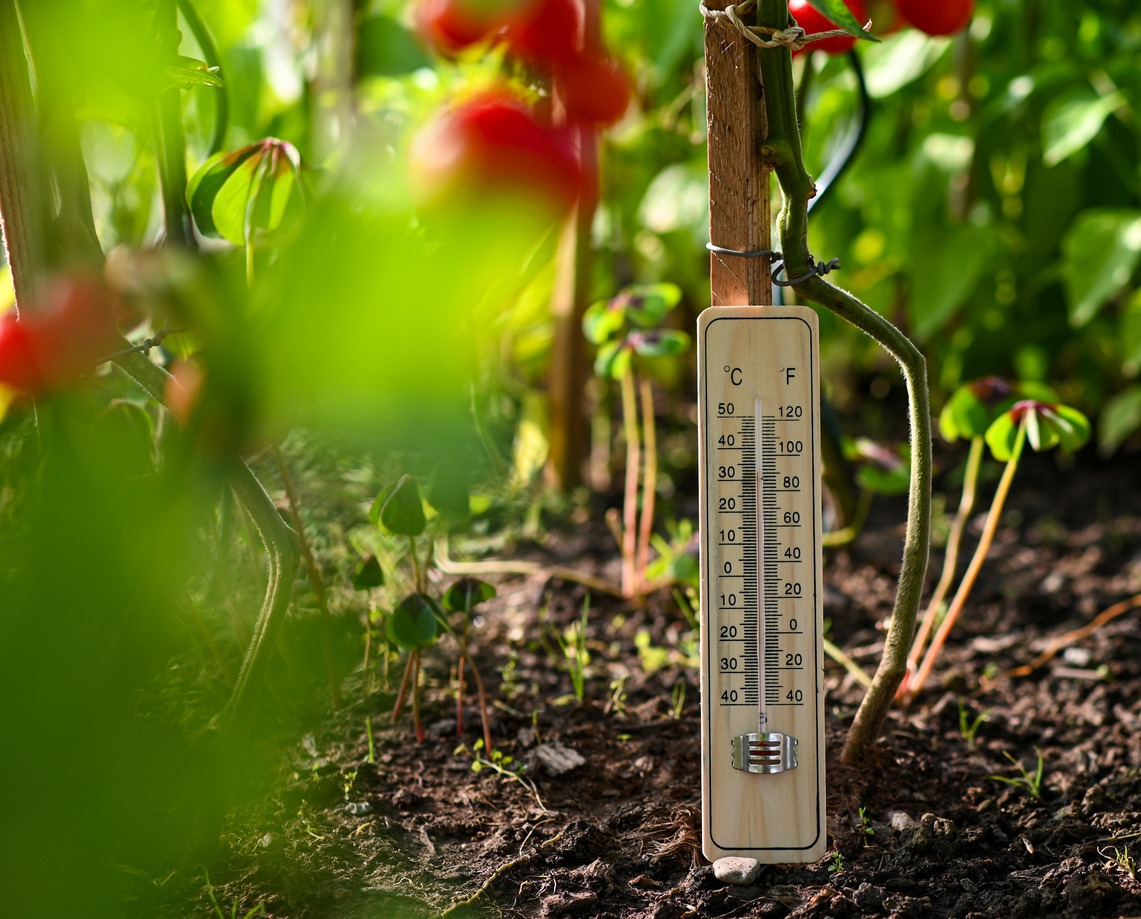
Tomatoes are sensitive to temperature fluctuations, especially in cold climates. Nighttime temperatures below 50°F (10°C) can hinder fruit development, so maintaining consistent warmth is essential.
Hardening Off
Gradually expose your plants to outdoor conditions before transplanting. This step strengthens the plants and helps them adjust to temperature changes without stress.
Creating Microclimates
Leverage heat-absorbing materials like stones, bricks, or black plastic mulch around your plants. These materials retain heat during the day and release it at night, keeping plants warmer.
Frost Protection
Be prepared for unexpected frosts by keeping row covers, frost cloths, or old blankets on hand. These simple tools can save your plants from sudden cold snaps.
Watering and Moisture Control
Watering may seem simple, but in cold climates, it’s important to maintain consistent moisture levels while avoiding wet conditions that can lead to disease. Proper watering techniques can make all the difference.
Consistent Moisture is Crucial
Tomatoes require consistent watering to avoid issues like blossom end rot. Install a drip irrigation system or use soaker hoses to deliver water directly to the soil, minimizing the risk of fungal diseases caused by wet foliage.
Mulching for Moisture and Warmth
Apply a layer of organic mulch, such as straw, wood chips, or shredded leaves, around the base of your plants. Mulch not only retains soil moisture but also helps moderate temperature fluctuations, keeping the roots comfortable in cooler weather.
Pruning and Supporting Tomato Plants
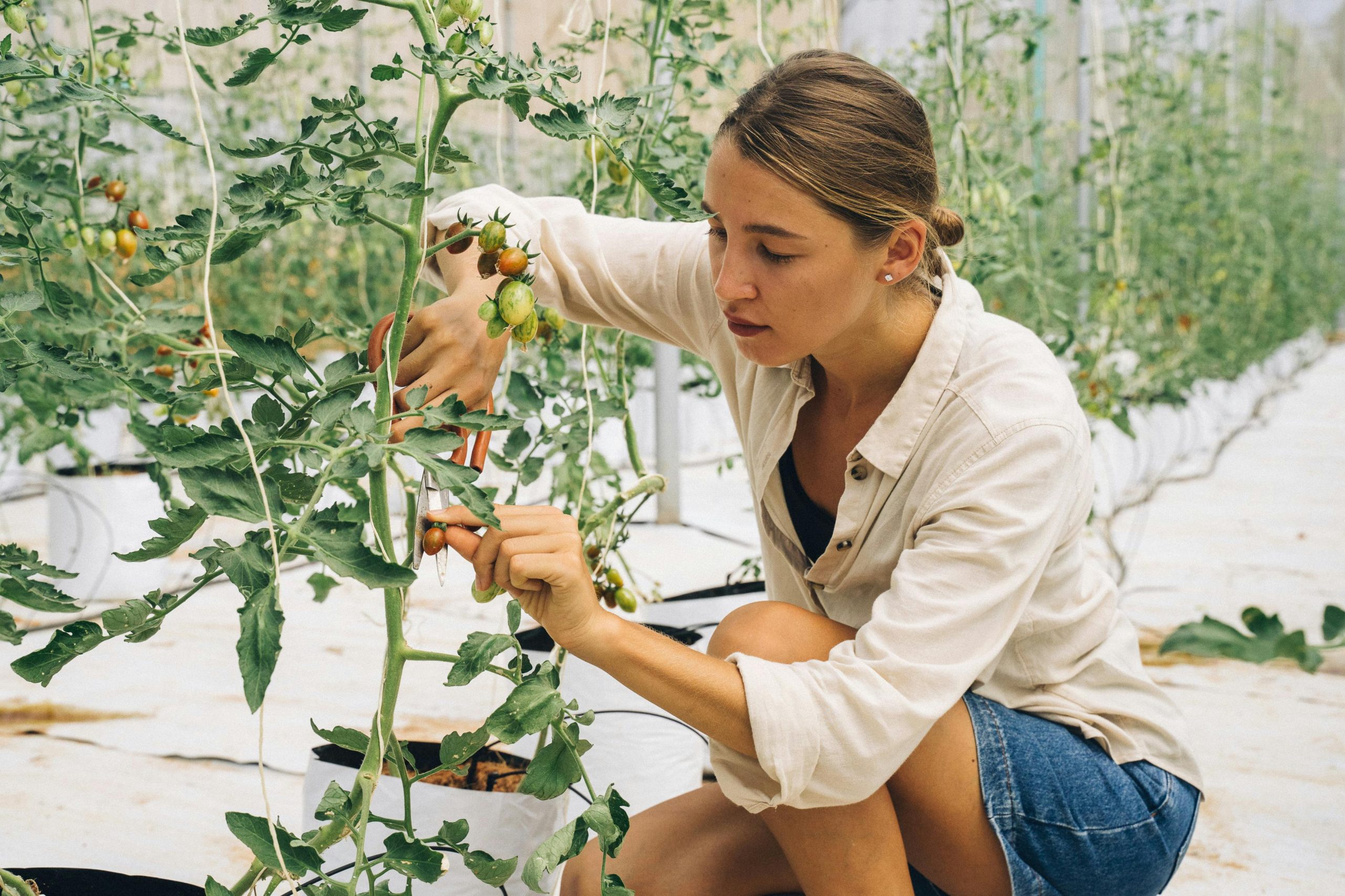
Proper pruning and support systems are vital for maximizing yields in short growing seasons.
Pruning for Better Growth
Remove suckers (the small shoots that grow between the main stem and branches) to focus the plant’s energy on fruit production. For indeterminate varieties, regular pruning ensures the plant doesn’t waste energy on excess foliage.
Late-Season Pruning
As summer wanes, remove any flowers or small, immature fruits that won’t ripen before frost. This allows the plant to concentrate its energy on ripening the existing fruit.
Supporting Plants
Use sturdy cages, stakes, or trellises to keep plants upright. Proper support prevents branches from breaking under the weight of the fruit and ensures good airflow, reducing the risk of diseases.
Enhancing Pollination in Cold Conditions
Pollination can be tricky in cooler climates, where bees and other pollinators are less active.
Manual Pollination
If natural pollination is insufficient, give your plants a gentle shake to help distribute pollen. Alternatively, use a small paintbrush or cotton swab to transfer pollen from flower to flower.
Encouraging Natural Pollinators
Plant flowers like marigolds, nasturtiums, or borage nearby to attract bees and other beneficial insects. Creating a pollinator-friendly environment boosts fruit production.
Pest and Disease Management
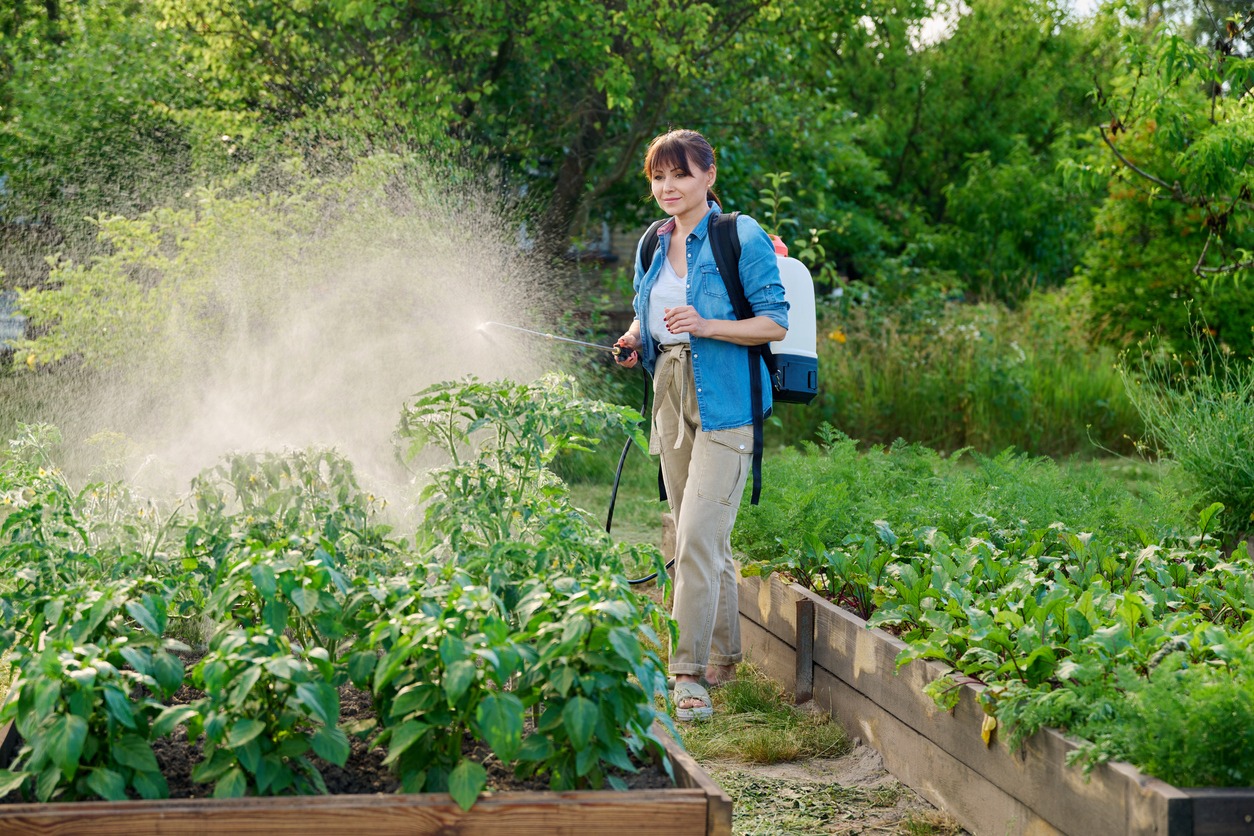
Cold climates come with their own set of pest and disease challenges. Common pests include aphids, spider mites, and tomato hornworms, while diseases like blight and powdery mildew thrive in cool, damp conditions.
Organic Pest Control
Monitor plants regularly for signs of pests. Hand-pick hornworms or use organic sprays like neem oil to keep infestations in check.
Preventing Diseases
Choose disease-resistant tomato varieties and maintain good airflow around plants by pruning and spacing them adequately. Rotate crops each year to reduce soil-borne diseases.
Harvesting and Post-Harvest Care
In cold climates, it’s best to harvest tomatoes before they’re fully ripe to avoid frost damage. Pick tomatoes when they start to show color, then allow them to ripen indoors in a warm, dark spot.
To preserve your harvest, freeze whole tomatoes, dehydrate slices for sun-dried flavor, or pickle green tomatoes for tangy treats. These methods allow you to enjoy the fruits of your labor throughout the winter months.
Conclusion
Growing tomatoes in cold climates requires a bit more effort, but the rewards are well worth it. By choosing the right varieties, preparing your soil, and protecting your plants, you can overcome the challenges of short seasons and frosty nights. Start planning your tomato garden today and experience the joy of homegrown tomatoes, even in the chilliest conditions.

